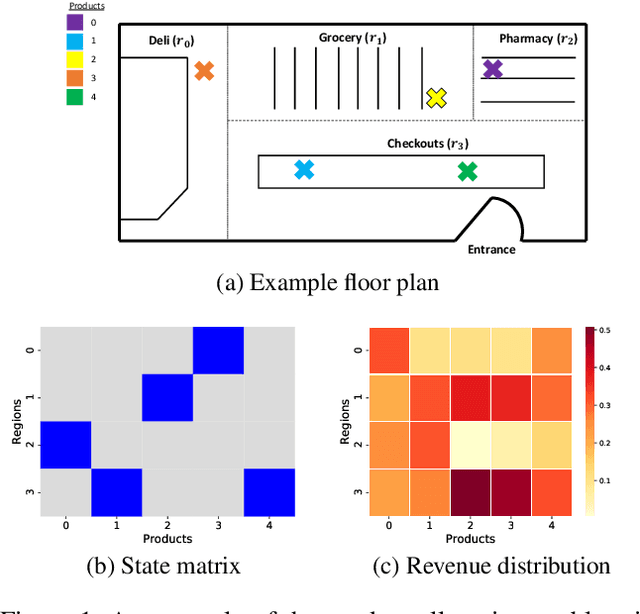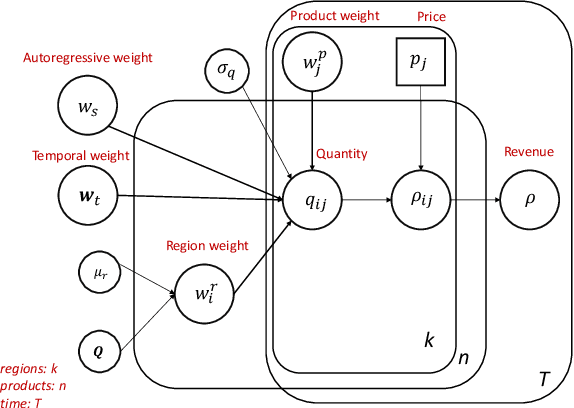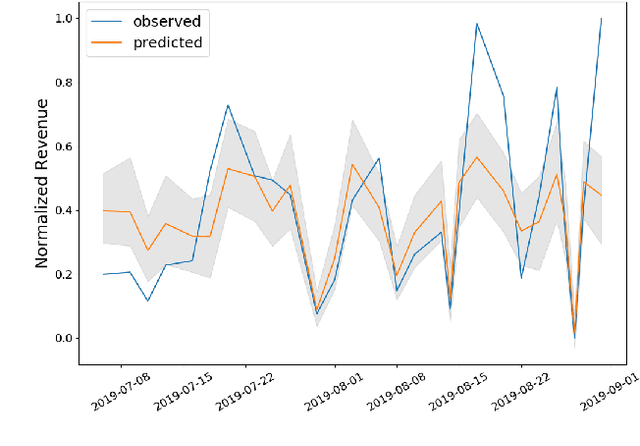J. Stockton Jenkins
Personalized Product Assortment with Real-time 3D Perception and Bayesian Payoff Estimation
Jun 11, 2024



Abstract:Product assortment selection is a critical challenge facing physical retailers. Effectively aligning inventory with the preferences of shoppers can increase sales and decrease out-of-stocks. However, in real-world settings the problem is challenging due to the combinatorial explosion of product assortment possibilities. Consumer preferences are typically heterogeneous across space and time, making inventory-preference alignment challenging. Additionally, existing strategies rely on syndicated data, which tends to be aggregated, low resolution, and suffer from high latency. To solve these challenges we introduce a real-time recommendation system, which we call \ours. Our system utilizes recent advances in 3D computer vision for perception and automatic, fine grained sales estimation. These perceptual components run on the edge of the network and facilitate real-time reward signals. Additionally, we develop a Bayesian payoff model to account for noisy estimates from 3D LIDAR data. We rely on spatial clustering to allow the system to adapt to heterogeneous consumer preferences, and a graph-based candidate generation algorithm to address the combinatorial search problem. We test our system in real-world stores across two, 6-8 week A/B tests with beverage products and demonstrate a 35% and 27\% increase in sales respectively. Finally, we monitor the deployed system for a period of 28 weeks with an observational study and show a 9.4\% increase in sales.
A Probabilistic Simulator of Spatial Demand for Product Allocation
Jan 09, 2020



Abstract:Connecting consumers with relevant products is a very important problem in both online and offline commerce. In physical retail, product placement is an effective way to connect consumers with products. However, selecting product locations within a store can be a tedious process. Moreover, learning important spatial patterns in offline retail is challenging due to the scarcity of data and the high cost of exploration and experimentation in the physical world. To address these challenges, we propose a stochastic model of spatial demand in physical retail. We show that the proposed model is more predictive of demand than existing baselines. We also perform a preliminary study into different automation techniques and show that an optimal product allocation policy can be learned through Deep Q-Learning.
 Add to Chrome
Add to Chrome Add to Firefox
Add to Firefox Add to Edge
Add to Edge